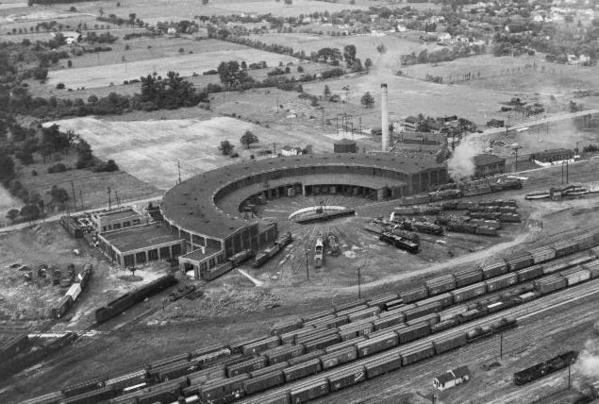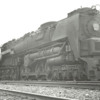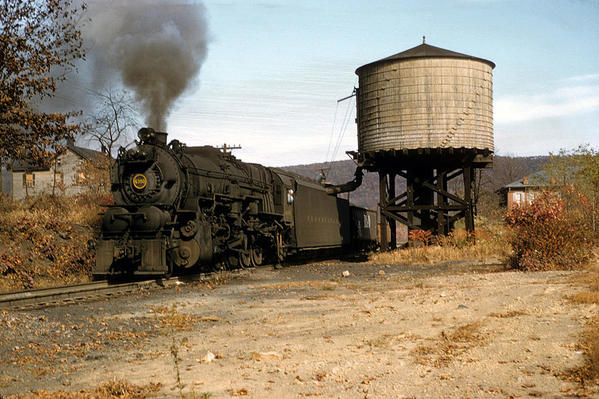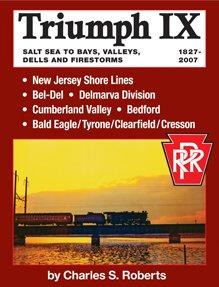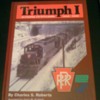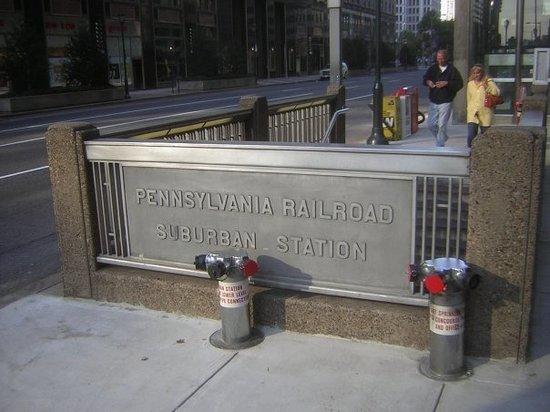Regarding the T1's mileages, be careful what you read and what you believe. As a glaring example of the myths surrounding T1 mileages, I've often cited the above referenced article in January 1979 Trains mag, part of which compared the T1 and two new E7's on test from EMD (pp48-50). It shows how entertaining but unsupported hearsay can get much wider distribution and have more influence than dry, dusty old facts. I’ve found considerable reason to question the quoted T1 mileage during the time from Sept 1945 through April 1946, the 6-month period mentioned in article. During that time, the E7's ran 69,000 miles, about 11,500 miles per month. The author was told that the highest mileage T1 during that period ran only 2,800 miles. According to mileage reports I have from the CMP's office, 5504 was the highest mileage T1 at the time, posting 40,642 miles since its in-service date of 12/5/45. This is an average of about 8,294 miles/month. For the month of April 1946, it posted 10,793 miles, only slightly less than the E7's at that time. Also during April, 5512 posted 11,442 miles and 5508 posted 10,942 miles, also about the same as the E7's. Maximum mileage figures for the T1 fleet stayed in this range until March 1947. I could never understand where the 2,800 mile figure came from. It’s certainly not supported by any existing data.
Offsetting this, the fleet average for the 30 T1's in service in April 1946 was about 7,244 miles/month, substantially less than the two E7's. For comparative purposes, the K4 fleet was averaging about 6,186-7,016 miles per month, based on the previous 3-month's data.
More telling than that, diesel mileage increased as time went by, so that by Oct 1947 the fleet average was about 19,620 miles per month. By this time, T1 fleet's mileage had slowly declined to about 6,738 miles per month. The K4's decline was more significant; they were down to about 4,808 miles per month. So the T1's had a bit more staying power than is sometimes thought. However, the real trend was clear enough with diesels setting the pace going away. It was all over but the shouting, regrettably......




